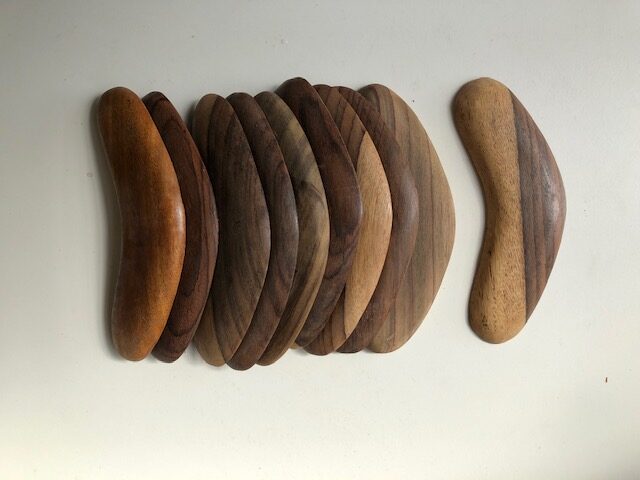
Boomerang for Dot Art Painting set of 5
Set of 5 blank boomerangs ready for the children to paint. These make great gifts for the children to paint and give to parents. 100% Authentic Aboriginal Art
Size 12 cm L
A returning boomerang is designed to return to the thrower. It is well known as a weapon used by Indigenous Australians for hunting. Boomerangs have been historically used for hunting, as well as sport and entertainment. They are commonly thought of as an Australian icon, and come in various shapes and sizes.
$25.00Add To Basket
Bull Roarer for Dot Art Painting
100% Authentic Aboriginal Art! Set of 5 These make great gifts for the children to give to parents. Bull-roarer, pseudomusical instrument or device that produces a howling or whirring sound when whirled through the air. The bull-roarer is commonly a flat piece of wood measuring from 4 to 14 inches (10 to 35 cm) in length and fastened at one end to a thong or string.Along with the didgeridoo, it was a prominent musical technology among the Australian Aborigines, used in ceremonies across the continent. Along with the didgeridoo, it was a prominent musical technology among the Australian Aborigines, used in ceremonies across the continent
size 11 cm L
$25.00Add To Basket
Ceremonial Boomerang (Killer) for Dot Art Painting
Set of 5 Killer Boomerang ready for the children to dot paint. They make great gifts for the children to give to parents.
100% Authentic Aboriginal Art . This is a hook shaped weapon traditionally used by Aboriginals distinctly marked to symbolise clan. it was used in ceremony, hand to hand combat and tribal skirmishes.People used these large boomerangs to hunt birds, kangaroos and emus. This is a traditional hunting and killing boomerang. It is meant to travel in the direction thrown and not return to the thrower. Non-returning boomerangs are larger and heavier than the returning boomerangs and have a hook shape.
size 13 cm L
$25.00Add To Basket
Mini Clapsticks for Dot Art Painting
Set of 5 Clapsticks ready for the children to dot paint. They make great gifts for the children to give to parents.
Clapsticks, also spelt clap sticks and also known as bilma, bimli, clappers, musicstick or just stick, are a traditional Australian Aboriginal instrument. They serve to maintain rhythm in voice chants, often as part of an Aboriginal ceremony.
100% Authentic Aboriginal Art Mini Clapsticks An Aboriginal music stick used to clap together in unison to the Didgeridoo. It was made and crafted from native timbers and traditionally played during “Corroboree” or ceremony.
Size 7 cm L
$25.00Add To Basket
Mini Emu Caller for Dot Painting
The one on show depicts what they look like once the children have painted them!
This is an Aboriginal hunting tool used to attract emus. Banging the smaller hollow end with the flat of their hand produced an unusual sound that aroused the emu's curiosity and lured it away from the nest so that the Aborigines could safely steal the emu eggs. Made the same way as a didgeridoo.
Made by Aboriginal people residing in NSW
Size :between 3-4 cm L
$25.00Add To Basket
Set 5 Snake Blanks for Dot Painting
100% Authentic Aboriginal Art. Set of 5 Blank snakes for the children to decorate, these make great gifts for the children to give to parents . Size 15 cm L
In the Dreamtime, the Rainbow Serpent helped the world along with rain. At the beginning of time, the Rainbow Serpent awoke from its sleep and pushed through the Earth's crust. As it travelled over the empty land, it left behind deep tracks. The Rainbow Serpent called to the frogs to come out from beneath the earth. It tickled the frogs' bellies, and when they laughed, water poured out from their open mouths. The water filled the Rainbow Serpent's deep tracks, making rivers and lakes. Slowly, grass began to grow. Then all kind of creatures in Australia – birds, lizards, snakes, kangaroos, koalas, and dingoes – woke up and took their places on the earth.[
$25.00Add To Basket
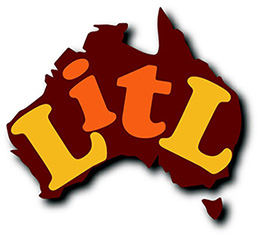
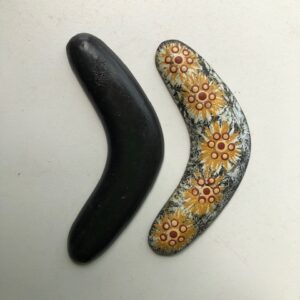
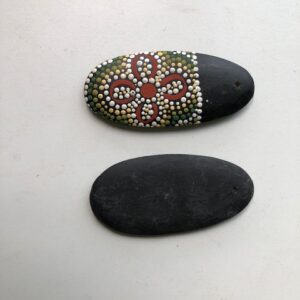
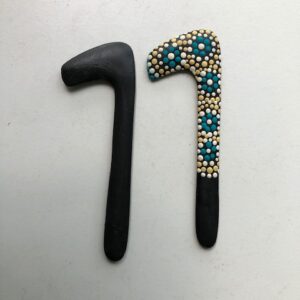
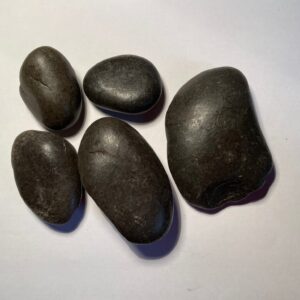
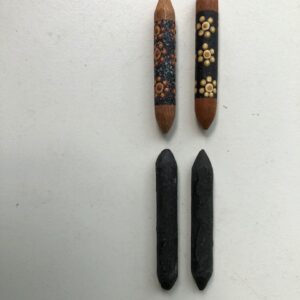
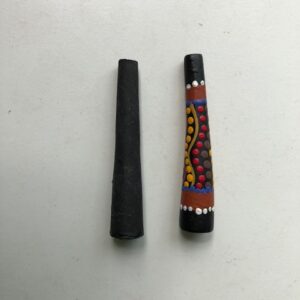
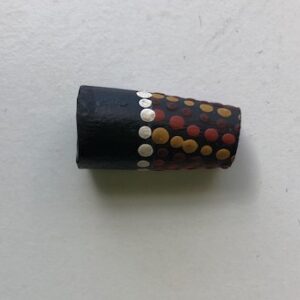
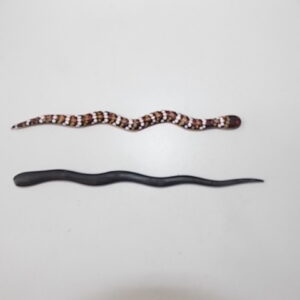
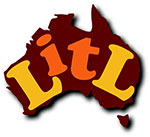 Welcome to Australia's favourite supplier to the child care sector. We stock the most diverse range of products and specialise in multicultural, Aboriginal and additional needs resources.
Welcome to Australia's favourite supplier to the child care sector. We stock the most diverse range of products and specialise in multicultural, Aboriginal and additional needs resources.